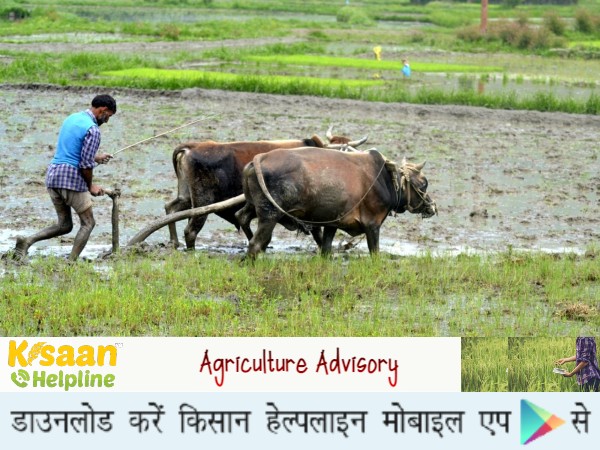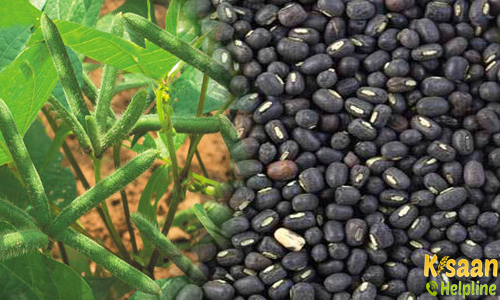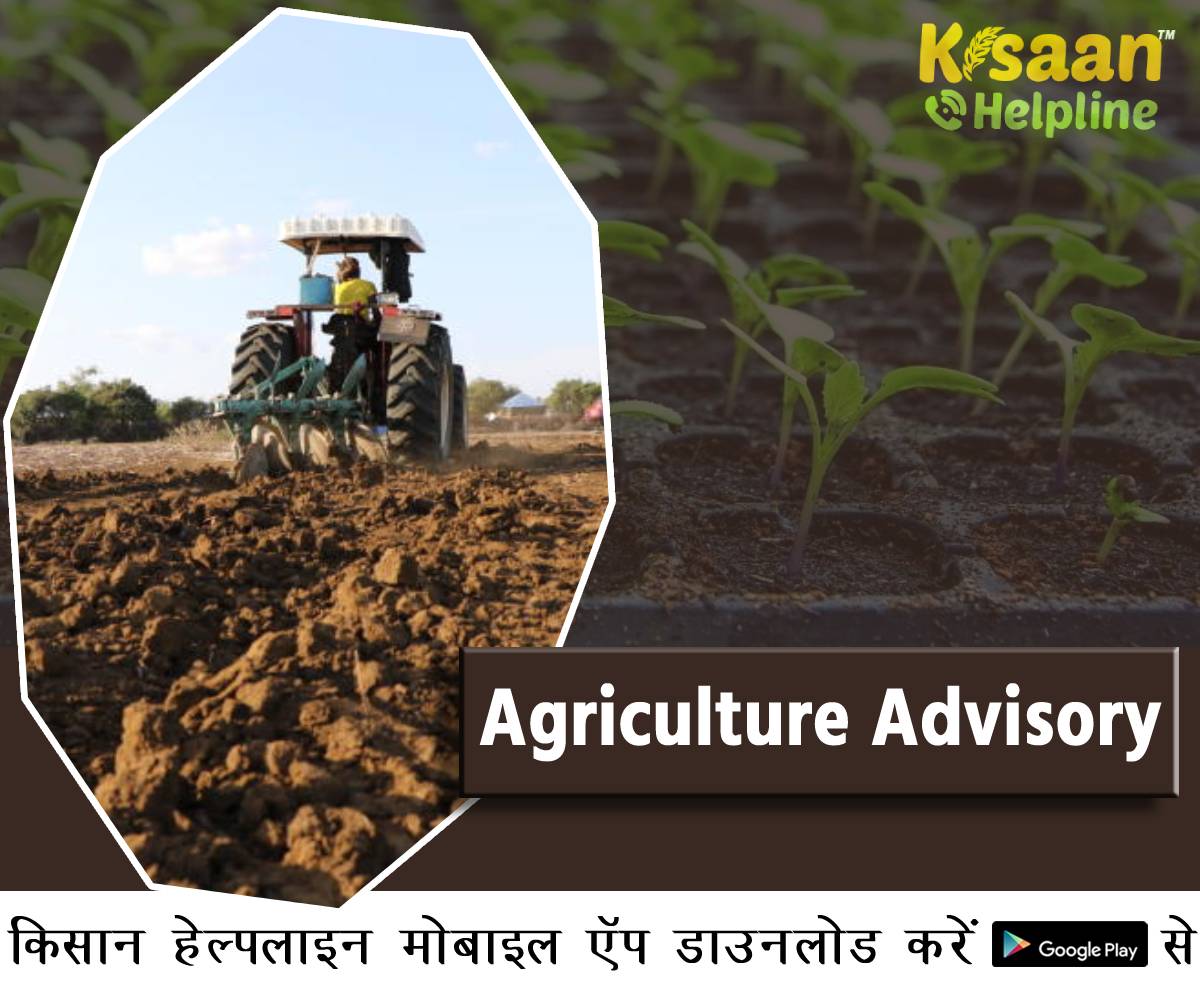Shopian जिले की प्रमुख फसलें
Speciality:
Atari Address- ICAR-ATARI Zone-I Ludhiana PAU Campus Ludhiana, Punjab
Host Institute Name- SKUAST Shrinagar
Pin Code- 190011
Website- http://www.kvkshopian.net/"District Kulgam is situated at 33°43' North Latitude and 74°49'east longitude at an altitude of 6731ft asl. It is categorised as Northern Western Himalayan Region agro-ecological sub-region by ICAR; cold humid Agro-Climatic Zone by Planning Commission and Humid Western Himalayan Region by NARP. The district receives 658.10mm average rainfall in 60 rainy days. Geographical area of the district is 36.834(000ha) in which 25.186(000ha) are cultivable, 0.249(000ha) under forest and 4.543(000ha) under non-agriculture use. 33.260(000ha) or 90% of the major Soils of the District are Clay to clay loam and 33.260(000ha) or 10% soils are Sandy Loam. Major farming activity of the farmers in this district is Apple cultivation, which is cultivated on an area of 19.770(000ha). Paddy, Oilseed and maize(rainfed) are major field crops, cultivated on an area of 0.556(000ha), 3.649(000ha) and 1.479(000ha) respectively. About 67900 non-descriptive local and cross breed cattle are reared in the district. Also about 83000 graded Buffalloes are also reared in this district.
District The District is situated in the laps of foot Hills of Pirpanchal range and most of its area is Hilly Terrain.the District is having an area of 30,741.6 hectares. It is at a distance of 51 km from city Srinagar. Shopian has been an ancient Town of Kashmir, which among other factors in the past has historical importance, since it is situated on the ancient imperial road commonly known as Mughal Road.
District The district is known as Apple Bowl of the state as it is famous for Horticulture Sector. The district possesses tremendous scope for expansion of friut industry under different schemes which can boost the economy not only of this district but the whole state. The District with lush green forests especially in the areas like Sedow, Hirpora & Keller is rich in scenic beauty. Development of these villages/areas as tourist villages will boost the tourism in the District for economic development of the people."
Preview-
Shopian Mandi Rates
Mandi not found....





.jpg)
